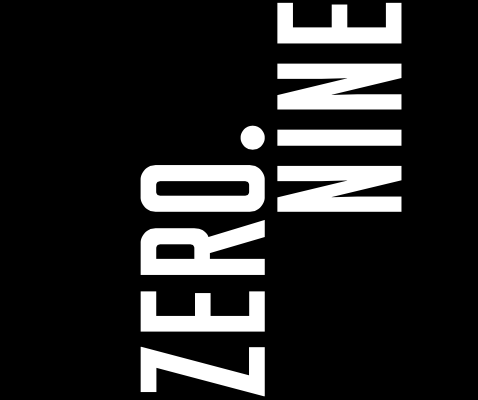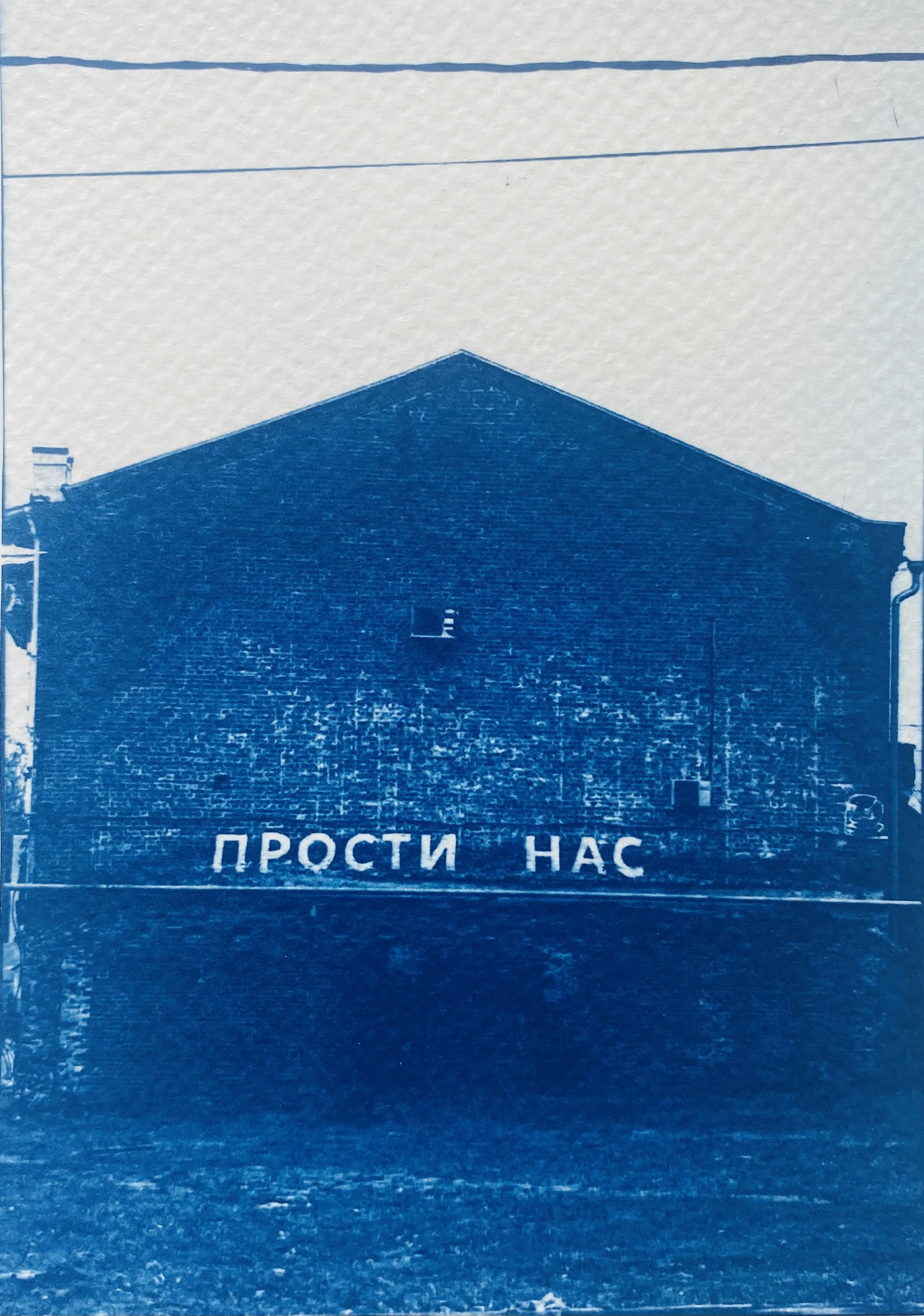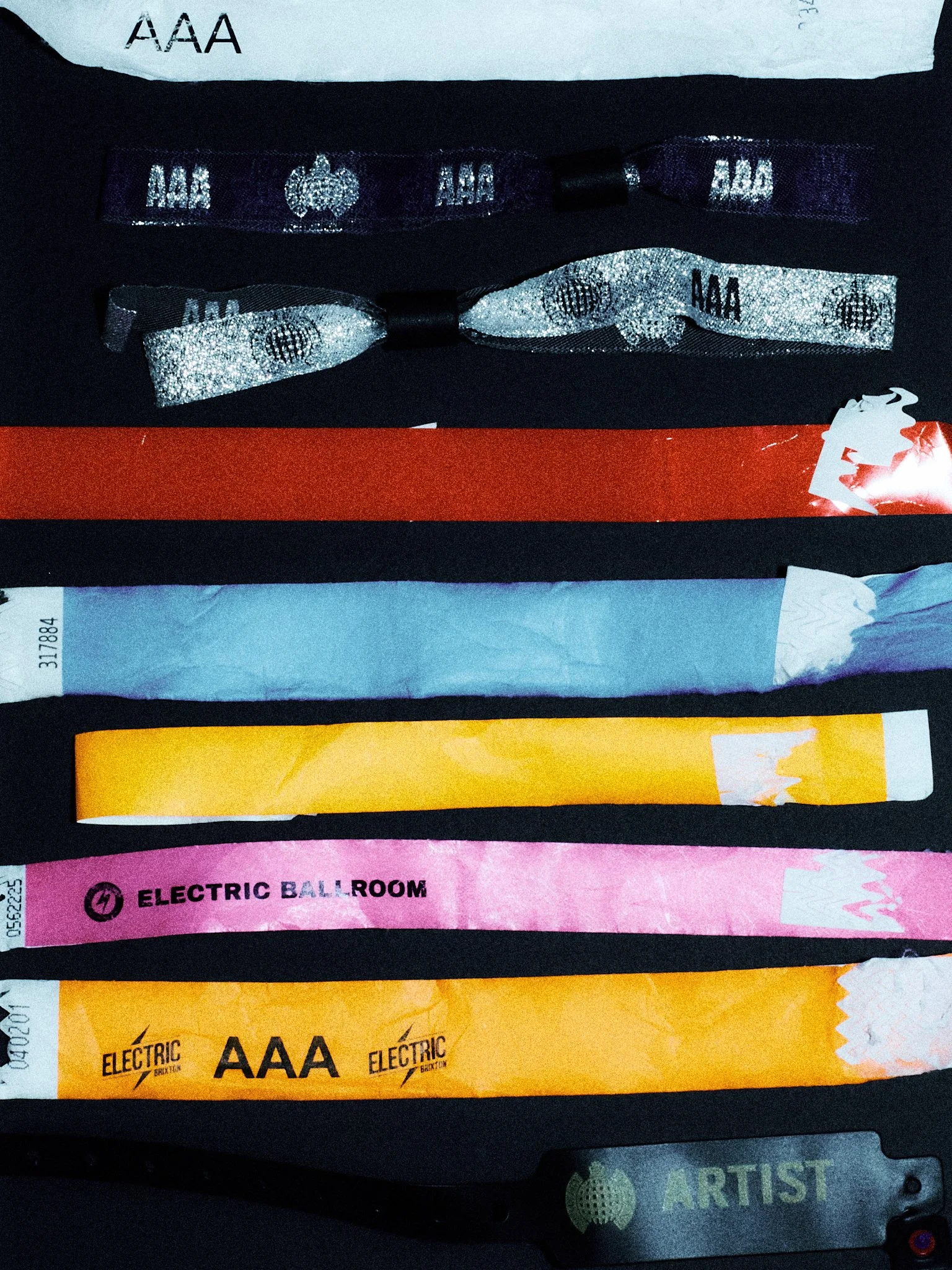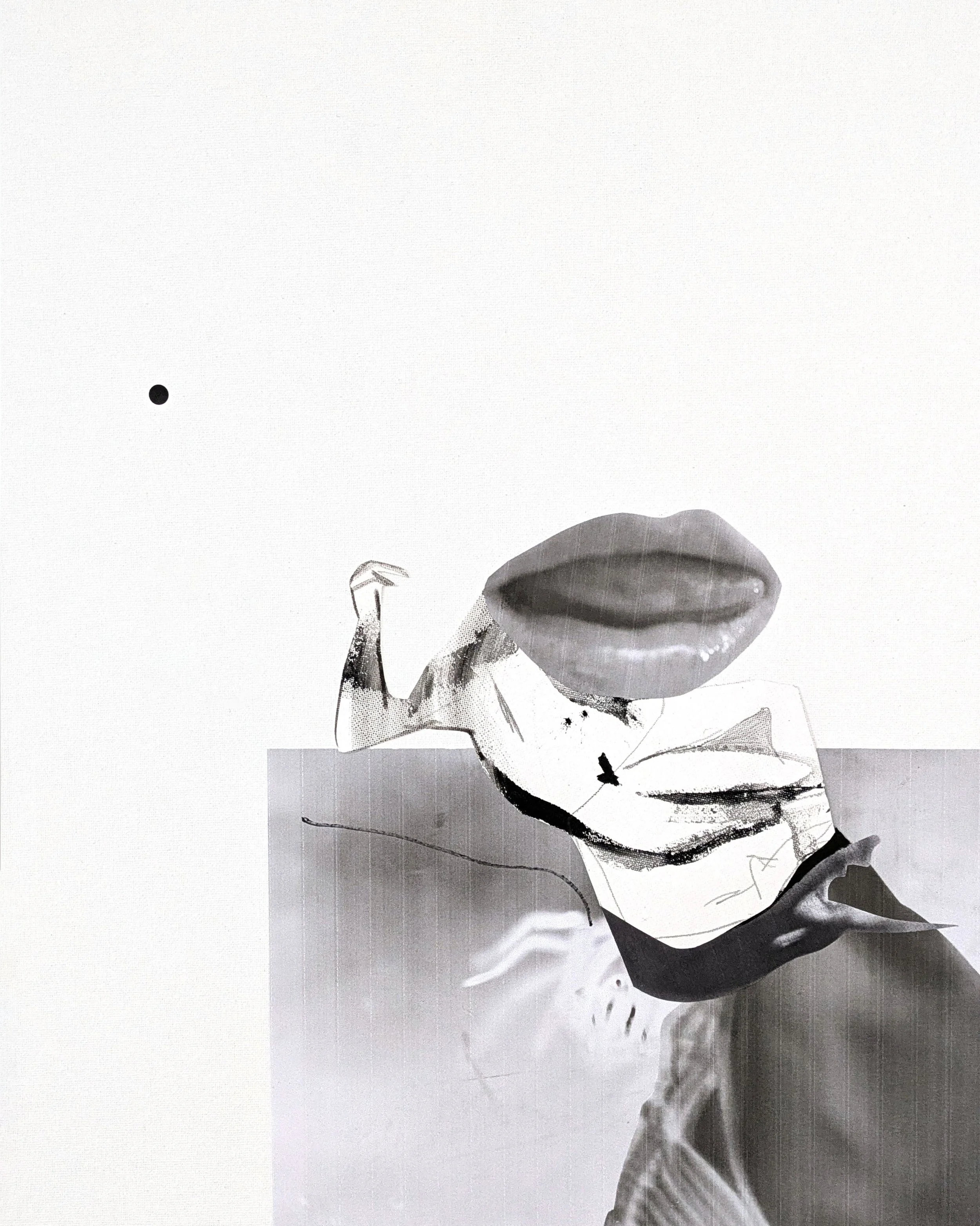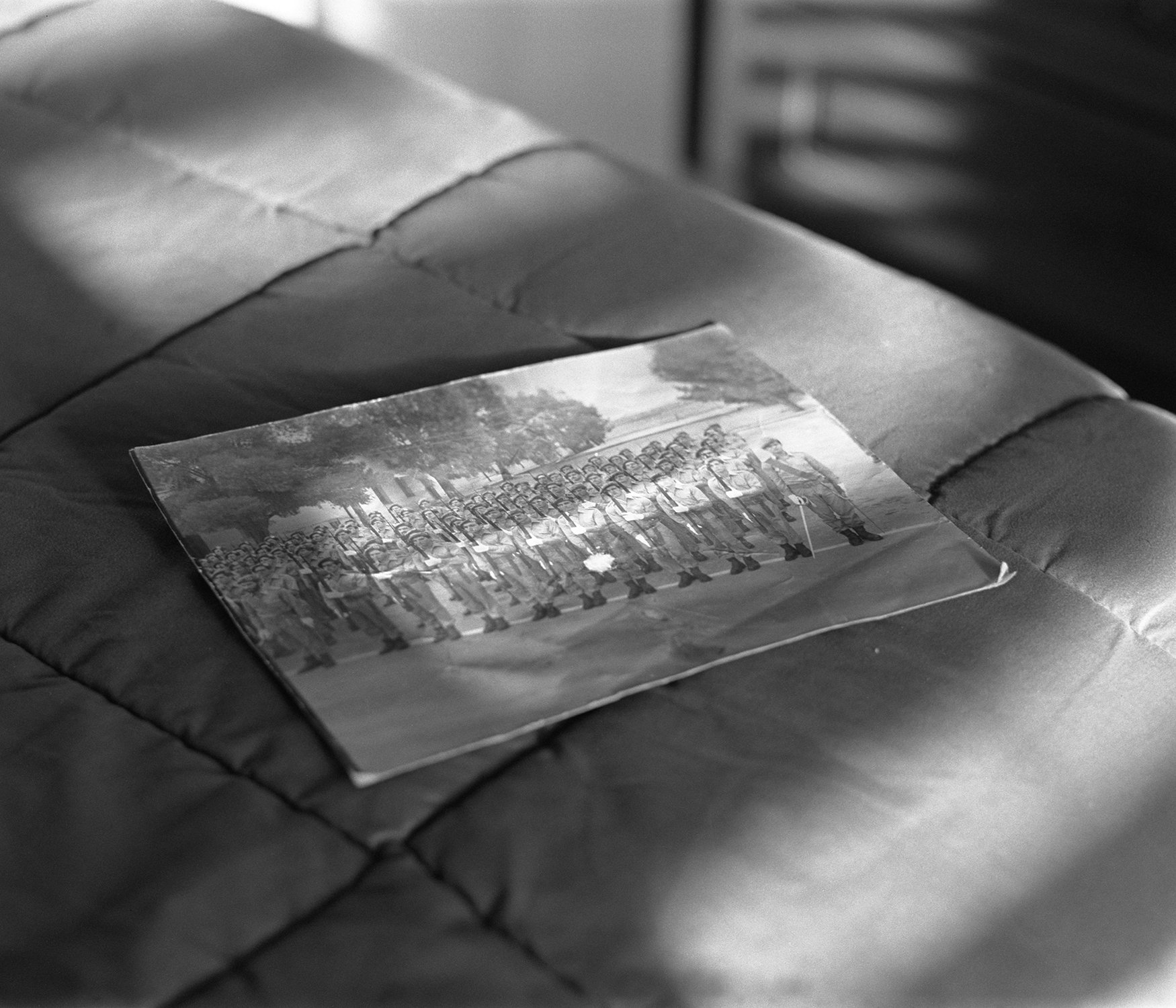CHEMTRAIL: This is Killing Us
For the forthcoming exhibition CHEMTRAIL: This is Killing Us in Soho, London, artist and photographer Matt Ford has created an accompanying zine that cuts through the noise around Chemsex. Commissioned by Impulse London, the exhibition shines a stark light on the impacts Chemsex – physically and mentally. The subject remains taboo, often reduced to statistics or hidden from public view. Ford’s zine and the rest of the exhibition refuse to let that happen.
Photography Matt FordInstead of a slick campaign or a sharable but ultimately forgettable infographic, the zine draws together portraits, raw testimonies, collaged imagery and resources into something people can hold, take home and share.
Zines have long been part of underground and activist culture and Ford sees them as a natural fit for material that mainstream platforms might shy away from. “Zines don’t need permission,” he explains. “They can be blunt, honest and unfiltered. That makes them perfect for something like Chemsex, which is usually pushed into the shadows.”
“Zines don’t need permission. They can be blunt, honest and unfiltered. That makes them perfect for something like Chemsex, which is usually pushed into the shadows.”
Matt Ford
This isn’t Ford’s first time experimenting with the form. He previously created miniature (credit card sized) zines for his Voyeur exhibition and he has been looking for ways to expand the format ever since. “Not everyone can afford limited edition art prints,” he notes. “But a zine allows people to own something by an artist (whose work resonates with them) at a more accessible price. That matters to me – art shouldn’t only be for wealthy collectors.”
Part of what makes this particular zine powerful is how it bridges statistics with lived experience. “On its own, a number feels abstract,” Ford explains. “But when you put it alongside a face or a personal voice, the scale of the crisis hits harder.”
The zine also acts as a condensed form of the exhibition itself – compressing fragments of the short films, portraits and collage into a portable document that extends the life of the show beyond the gallery walls.
“I didn’t realise how widespread Chemsex had become until I started working on this. The scale of it is shocking.”
Matt Ford
For Ford, the project has been as much a process of learning as creating. “I didn’t realise how widespread Chemsex had become until I started working on this,” he admits. “The scale of it is shocking. I’ve learned a lot and I really hope the zine helps someone – whether that’s by sparking a conversation, reducing stigma, or connecting them to resources. Because the people I met for the films and the artwork had such inspiring stories about Chemsex culture, overcoming addiction and mental health that need to be heard.”
The inclusion of expert voices is central. Alongside testimonies from those affected, the zine also features insights from mental health practitioners who appear in the accompanying films. For Ford, giving these voices a platform was essential. “It’s about making sure the message reaches audiences that might otherwise be out of reach.”
The inclusion of expert voices is central. Alongside testimonies from those affected, the zine also features insights from mental health practitioners who appear in the accompanying films. For Ford, giving these voices a platform was essential. “It’s about making sure the message reaches audiences that might otherwise be out of reach.
Ultimately, Ford hopes the zine functions as both artwork and activism. “It belongs in the exhibition as an object, but it’s also designed to circulate outside of it,” he says. “Zines get kept, passed on, reposted on social media. But crucially they survive. And that survival gives them power.”
The zine will have a limited edition 1st run of 100, with the first 30 copies featuring signed and numbered artwork by Ford, folded into the centre pages.
They are available at the CHEMTRAIL: This Is Killing Us exhibition 4th & 5th October. Tickets are available HERE.
